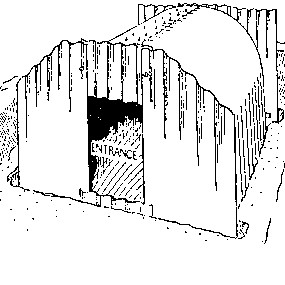The Wilmot shelter was a rather more upmarket air raid shelter, designed to be embedded in concrete and available in 6-seater and 12-seater versions (“Doors extra”)
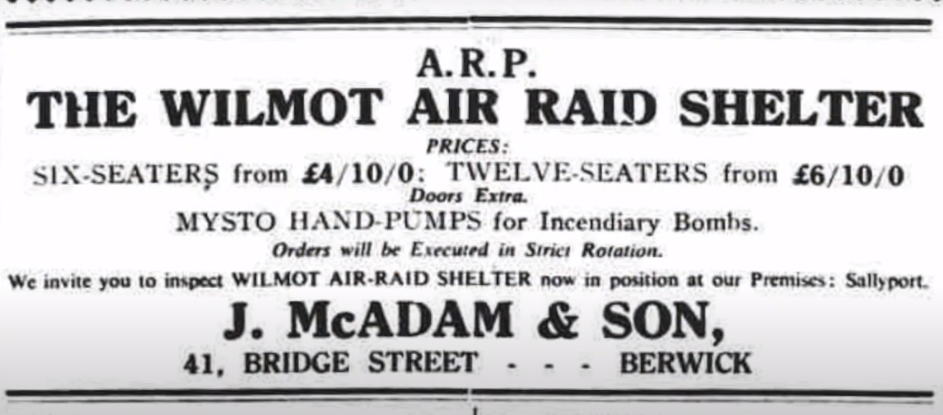
A Wilmot shelter in Liverpool
This shelter in the wealthy Aigburth area of Liverpool was built some distance from a large house, and set in a sort of concrete blast pen. Unlike the Anderson shelter, the three arches are each made of one piece of metal. not two bolted together. In this example, the hinged doors, door surrounds and walls at each end are timber with a metal exterior.
The owner of the house was a 1st World War veteran still in the Army Officer Reserve who was working as a stockbroker’s attaché. With him were his wife and sister and several other women, all in their 40s. The women were mostly listed as Women’s Voluntary Services drivers, possibly attached to Royal Artillery. It appears that they collectively had the means or contacts to have built a tougher-than-average (and relatively luxurious) shelter.
These photos of the shelter were taken by Kyle May.
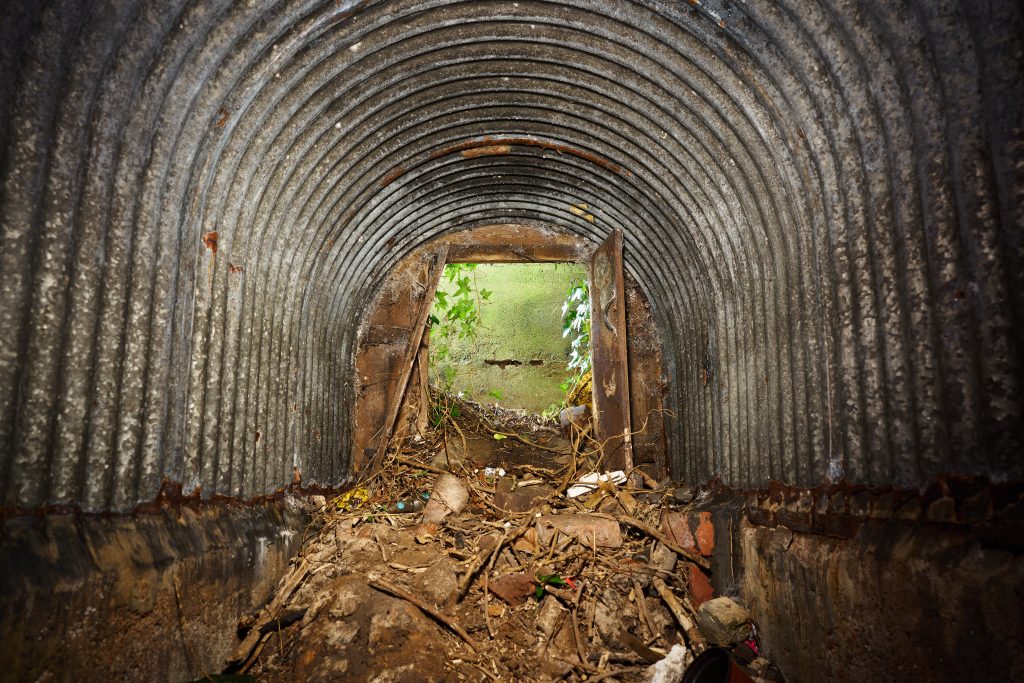
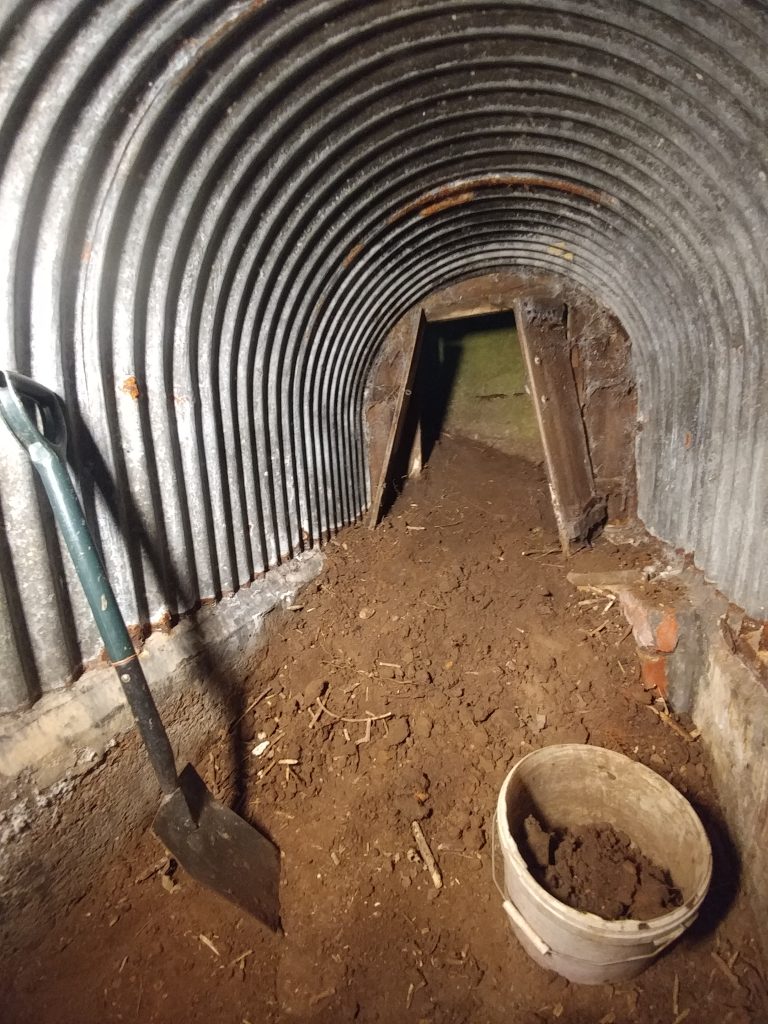
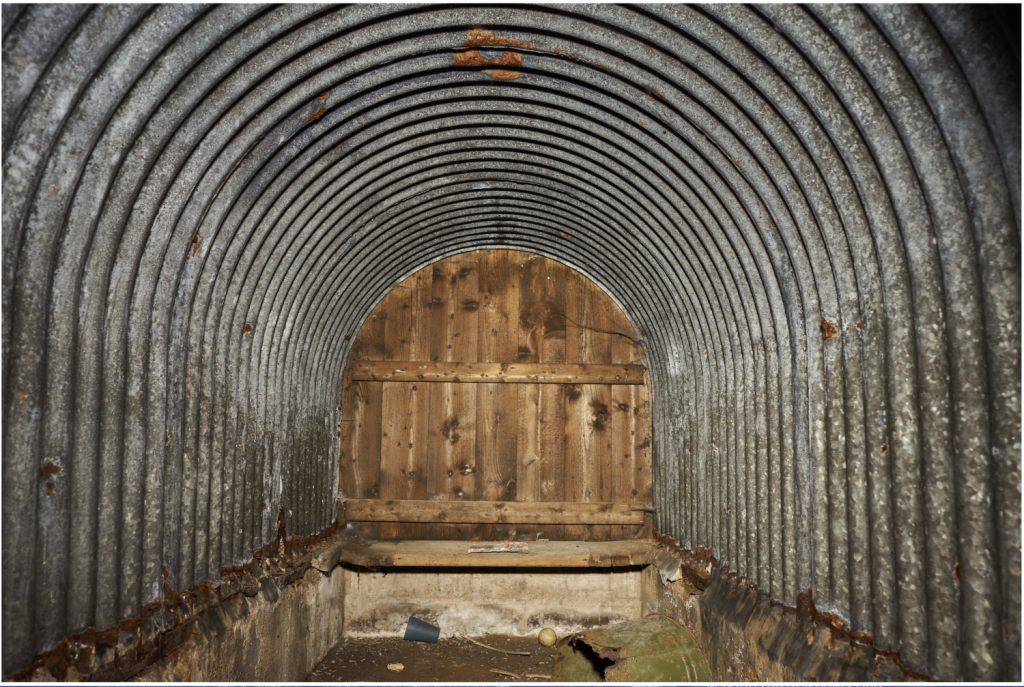
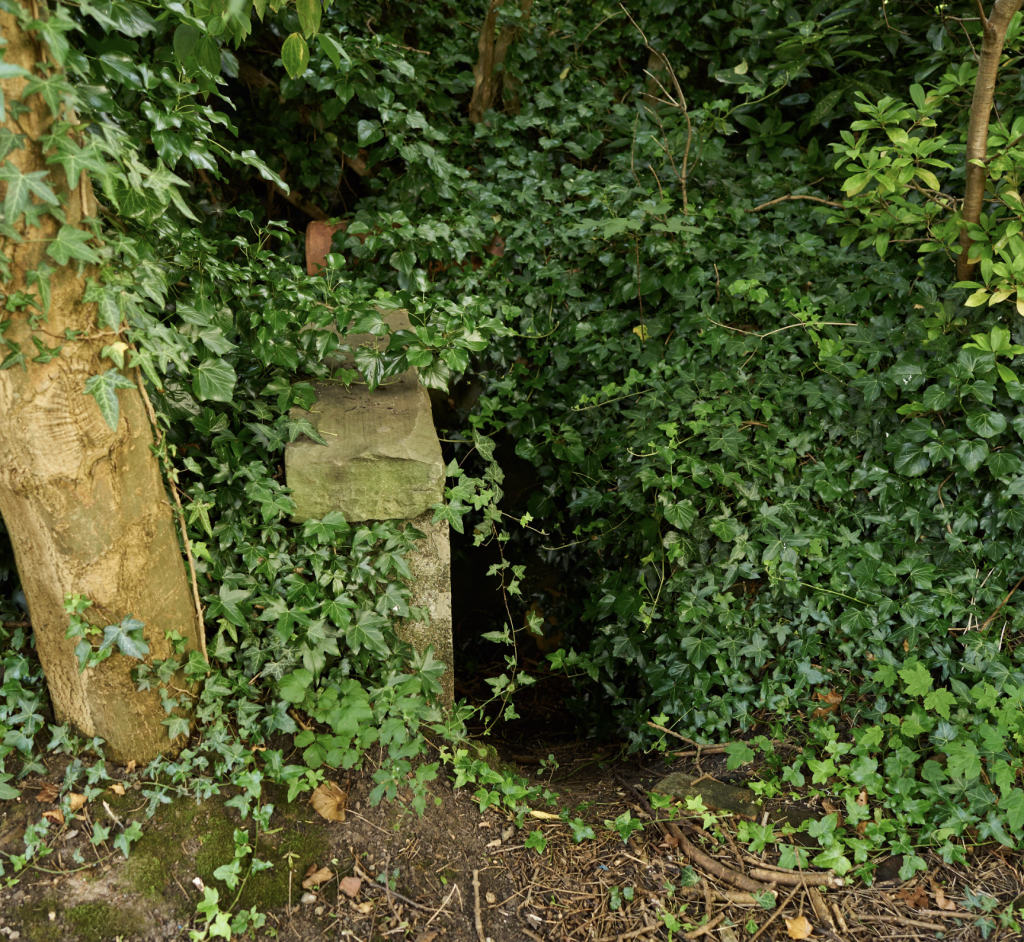

Even better, Karl produced this amazing 3D representation of it. Karl writes:
Quick scan of a hardened domestic air raid shelter I stumbled across in the garden of a large house in Aigburth, Liverpool. It was full of dirt and debris but I spent a few days digging it out as a project during Covid lockdown!
Similar in design to the standard Anderson shelter, but much tougher and built to different sizes. Made of galvanised steel and concrete (over 6.5 inches thick everywhere), plus a big concrete blast pen protecting the entrance. Approximately 6ft beneath ground level.
Scan used approximately 70 photos, taken on a Sony A7RII with the Tamron 17-28mm. I used an LED video light and waved it around during long exposures to try and light every shot evenly from all angles. It’s not perfect but it’s a good enough representation.
A Wilmot Shelter in Berwick-upon-Tweed
In 2015, retired archaeologist Lindsay Allason-Jones, discovered a Wilmot Fortress in her garden. Embedded in 11-inch think concrete, it was built by the then editor of Berwickshire News.
For more information read Deluxe wartime shelter uncovered in back garden (Northumberland Gazette, 6 May 2016)
